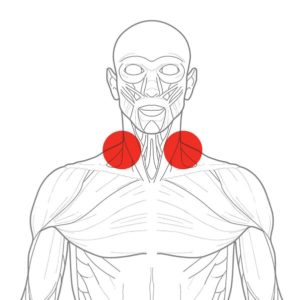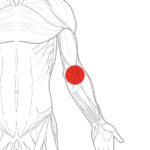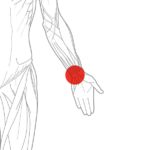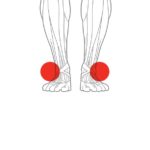The Dangerous Downside of a Heel Hook Injury

BJJ Prehab
Brazilian Jiu-Jitsu (BJJ) is a physically demanding martial art that requires strength, endurance, and flexibility. While training for BJJ, athletes are continuously exposed to the risk of injuries, with some being more severe than others. One of the most dangerous injuries in BJJ is a heel hook injury.
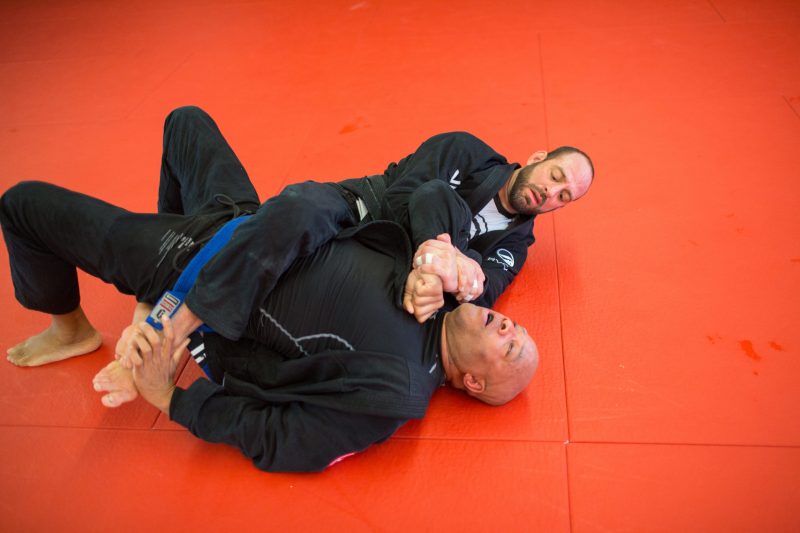
In this blog post, we will explore the dangers of heel hook injuries, how to recover from one, and how you can prevent one in the future.
What is a Heel Hook Injury?
A heel hook is a submission technique commonly used in BJJ, which involves twisting the opponent’s foot and applying pressure on the ankle joint to force a tap-out or injury. This technique can be highly effective when executed correctly, but it can also cause severe damage if performed improperly or without proper control.
Heel hook injuries occur when the force applied during a heel hook exceeds the ankle’s natural range of motion, leading to damage to the ligaments, tendons, and bones that make up the ankle joint. These injuries can range from mild sprains to severe fractures, dislocations, and tears, often requiring surgery and extensive rehabilitation to recover fully.
The Dangers of a Heel Hook Injury
Heel hook injuries can have severe consequences for BJJ athletes, both in the short and long term. Immediate effects may include intense pain, swelling, and difficulty walking or standing. In severe cases, the athlete may need to stop training completely, impacting their overall performance and progress in the sport.
Long-term effects of heel hook injuries can be even more severe, leading to chronic pain, reduced mobility, and even permanent damage to the affected joint. In some cases, athletes may develop a fear of the heel hook technique, affecting their confidence and ability to perform certain moves and techniques.
Recovering from a Heel Hook Injury
If you’ve already suffered a heel hook injury, it’s essential to take the right steps towards recovery to avoid long-term complications and ensure a speedy return to training. Here are some tips to help you recover from a heel hook injury:
Rest and ice: Rest the affected ankle as much as possible and apply ice to reduce swelling and pain. Ice the injured area for 15-20 minutes at a time, several times a day for the first few days following the injury.
Elevate the limb: Elevating the injured limb above the heart level can help reduce swelling and promote faster healing. Use pillows or a cushion to support the ankle in an elevated position whenever possible.
Support the ankle: Wearing a brace or compression bandage can help provide support and stability to the injured ankle, reducing the risk of further damage. Consult with a medical professional to determine the best type of support for your specific condition.
Perform rehabilitation exercises: As the ankle heals, incorporating rehabilitation exercises into your routine can help improve flexibility, strength, and range of motion. Work with a physical therapist, qualified trainer, or sign up for BJJ Prehab to develop a customized rehabilitation program that suits your needs. Here are some of the exercises we recommend:
- 1. Ankle Circles: Sit on a chair or the floor with your legs extended in front of you. Slowly rotate your injured ankle in a circular motion, making small circles first and gradually increasing the size. Repeat for 10-15 repetitions, then switch directions.
- 2. Calf Raises: Stand with your feet shoulder-width apart, holding onto a wall or sturdy object for support. Rise up onto the balls of your feet, lifting your heels off the ground, then slowly lower back down. Repeat for 10-15 repetitions.
- 3. Eyes Closed Single-Leg Balance: Stand on one leg with your eyes closed, balancing for 30 seconds to one minute. Repeat on the other leg. This exercise helps improve proprioception and balance, which can be affected following an ankle injury.
Ease back into training: Once you’ve fully healed and completed your rehabilitation program, gradually ease back into training to avoid re-injury. Start with light exercises and techniques, slowly increasing the intensity and duration over time.
Prevention is always better than cure, especially when it comes to heel hook injuries. Here are some tips to help you prevent this type of injury while training BJJ:
Increase your flexibility: Keeping your ankles and other joints flexible can help reduce the risk of injuries during training. Incorporate stretching exercises into your warm-up routine to improve your range of motion and prevent strains.
Practice proper technique: Ensure you’re using correct techniques and body positioning during training to minimize the risk of injuries. Take the time to work on your technique with a qualified instructor to avoid unnecessary strain on your ankles.
Communicate with your training partners: Clear communication with your training partners is essential to avoid accidental injuries. Always let your partner know if you feel discomfort, pain, or pressure during a heel hook submission, and tap out if necessary.
Conclusion
Heel hook injuries are a significant risk for BJJ athletes, but they can be prevented. By practicing proper technique, increasing flexibility, and communicating with your training partners, you can minimize the risk of heel hook injuries and enjoy the many benefits of Brazilian Jiu-Jitsu without compromising your health.


